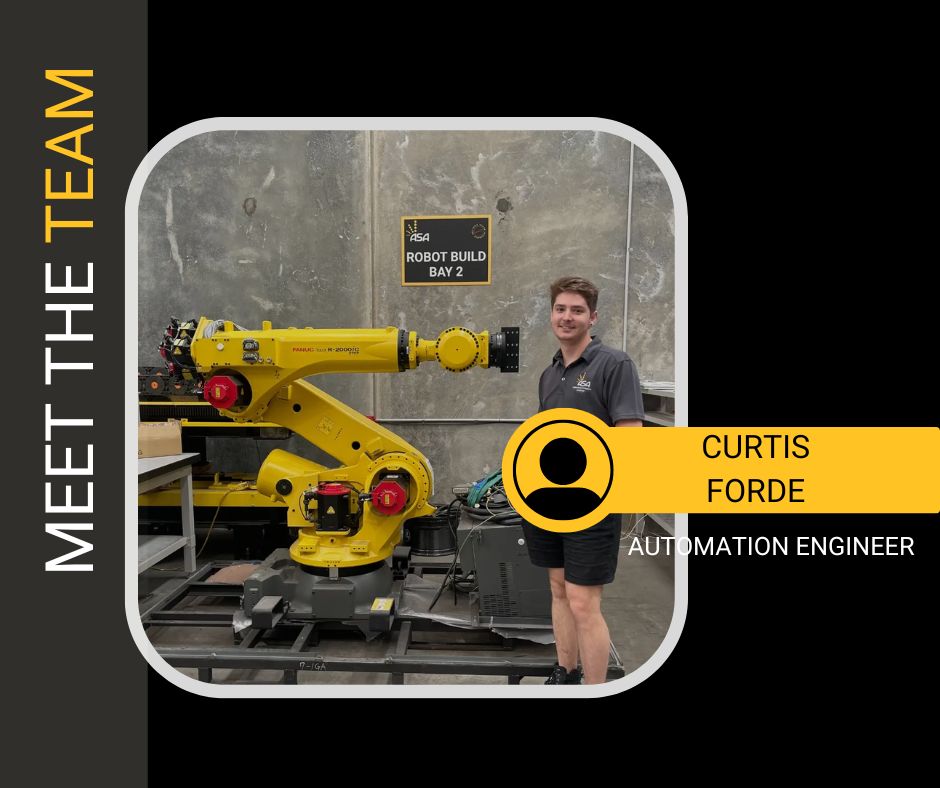The development of robotic arms has revolutionized the manufacturing process, combining precision, safety efficiency, and other elements that were previously impossible. Robots are amazing mechanical devices that are now essential to numerous industries around the globe. They were created to cut operating costs and maintain high quality standards. Robotic arms are integrating into production lines to cut cost and increase security. Find out how these robots have transformed the industrial landscape.

Image credit: automatedsolutions.com.au
Cost efficiency is the main reason for robotic arms’ global adoption. Factory owners are under constant pressure to reduce accidents at work, reduce manufacturing errors, and decrease production waste. Robotic arms address these challenges head-on. Robots are more precise than human beings when performing repetitive tasks, which means they can reduce cost and eliminating costly mistakes. For high-volume industries, like automotive manufacturing, robot arms ensure the highest quality assembly by performing exact welding and parts placement. This accuracy translates into substantial savings, as fewer defective items mean less rework and less waste.
The security of robot arms is an essential element. Many manufacturing tasks such as handling dangerous materials or operating heavy machinery pose serious risks to human workers. Robot arms enable companies to remove their employees from dangerous environments and reduce injuries in the workplace. Robotic arms, which are constructed as a chain of joints which move, are able to mimic the functions of human arms, without causing physical injury. Equipped with programmable hand effectors that allow these machines to perform tasks that are hazardous for humans, such as welding or spinning.
The versatility of robotic arms makes them a game-changer across diverse industries. Robots can be adapted to various tasks, ranging from automotive assembly to electronic production. They can carry out complex tasks with unparalleled precision, such as machine tool tending and painting. Robotic arms have transformed the process of palletizing in warehouses by automating it with speed and precision. Automation improves productivity and security because robot arms are able to work constantly without fatigue.
Cobots are a new breed of robots that work in tandem with humans. Cobots with robotic arms in contrast to traditional industrial robots, which are confined in isolated cells, are designed to work with humans in a safe and effortlessly. In a manufacturing environment the robot arm of a cobot could be able to handle heavy lifting or repetitive tasks, allowing humans to concentrate on more complicated tasks. Collaboration increases productivity and creates a safer working environment since cobots are able to be programmed so that they can adjust or stop their movements when an individual is within.
The significance of robotic arms extends beyond efficiency and safety to the structure of modern manufacturing. The ability of robotic arms to carry out tasks like welding assembly, assembly, or even handling materials with precision is what makes them essential in high-stakes industries. For automotive production such as assembly, a robot arm can move and position components in assembly to ensure perfect alignment, without the requirement for human intervention. As in electronics, robot arms manage delicate components with care, minimising damages and improving the quality of output.
Robotic arms will grow in importance as industries change. They are a cornerstone for manufacturing’s future due to their capability to cut costs, increase security, and adjust to various tasks. By combining cutting-edge technology with human creativity Robot arms are not just tools. They are partners in technological advancement, driving innovation and altering how we construct our world.
